According provided by Nikon ED AF VR-Nikkor 80-400mm 1: 4.5-5.6D Vibration Reduction huge thanks to the store www.fotika.com.uawhere you can find a huge number of different used photographic equipment, including similar lenses.
Nikon ED AF VR-Nikkor 80-400mm 1: 4.5-5.6D Vibration Reduction (Nikon 80-400 / 4.5-5.6D for short) is a member of the line of super telephoto autofocus zoom lenses.
A range of focal lengths in excess of 300 mm can be considered a super telephoto, and Nikon has only 8 of these models among auto focus zoom lenses:
- Nikon Nikkor 80-400 mm 1: 4.5-5.6D AF VR EDsince February 2000
- Nikon Nikkor 80-400 mm 1: 4.5-5.6G AF-S VR ED Nsince March 2013
- Nikon Nikkor 100-400 mm 1:4.5-5.6SZ VRsince October 2021
- Nikon Nikkor 120-300 mm 1: 2.8E AF-S VR ED FL SRsince January 2020
- Nikon Nikkor 180-400 mm 1: 4E AF-S VR ED N TC 1.4 FLsince January 2018
- Nikon Nikkor 200-400 mm 1: 4G AF-S VR EDsince July 2003
- Nikon Nikkor 200-400 mm 1: 4GII AF-S VR ED, since April 2010
- Nikon Nikkor 200-500 mm 1: 5.6E AF-S VR ED, since August 2015
All these lenses except Nikon 200-500 / 5.6E VR, have a gold ring near the front lens and are professional solutions.
Nikon 80-400 / 4.5-5.6D was the first of this line, and introduced in February of the distant 2000. That's pretty strange lens, it also has a built-in Nikon VR stabilizer and focuses using a camera screwdriver, and even features an aperture control ring. I only know of one 'VR' and 'AF' type lens and it is shown in this review. So Nikon 80-400 / 4.5-5.6D is a mix bulldog with rhino old and new technologies. In addition, by itself, the Nikon 80-400 / 4.5-5.6D is a pretty old lens. Flipping through the instructions there you can find its compatibility only with the first ancient Nikon D1 digital SLR cameras, D1x, D1h, D2h и D100 (don’t worry, Nikon 80-400 / 4.5-5.6D works well on modern cameras).
Nikon 80-400 / 4.5-5.6D is equipped with a gold ring on the focus ring, which means it can be attributed to the professional lenses of the NIKON NIKKOR line. In addition, he is on the list of professional equipment Nikon NPS. In the modern list of Nikon Professional Services includes only 3 lenses with a maximum relative aperture of 1: 5.6, and therefore, I want to note that professional optics do not have to have a large aperture.
Main technical characteristics of Nikon ED AF VR-Nikkor 80-400mm 1: 4.5-5.6D Vibration Reduction:
| Review Instance Name | Nikon ED AF VR-Nikkor 80-400mm 1: 4.5-5.6D Vibration Reduction US 407096 |
| Basic properties |
|
| Front Filter Diameter | 77 mm, the thread for the filters is metal, the outer part of the thread for the filters is rubberized |
| Focal length | 80-400 mm EGF for Nikon DX cameras is 120-600 mm |
| Zoom ratio | 5 x |
| Designed by | for film and digital cameras Nikon |
| Number of aperture blades | 9 rounded petals |
| Tags | focusing distance in meters and feet, focal length values for 80, 105, 135, 200, 300, 400 mm, bayonet mount mark (it is also a mark for setting the aperture), a mark for working in the infrared spectrum for 80 mm of focal length. Tags for attaching the hood and tripod foot. |
| Diaphragm | At 80 mm from F / 4.5 to F / 32. At 400 mm from F / 5.6 to F / 40. The lens has an aperture ring (Non-G - lens type) |
| MDF (minimum focusing distance) | 2.3 m, the maximum magnification ratio for 80 mm is 1:25, for 400 mm - 1: 4.8 |
| The weight | 1360 g with a tripod foot and 1210 g without a tripod foot |
| Optical design | 17 elements in 11 groups. The scheme includes 3 low dispersion elements (shown in yellow on the optical diagram). The presence of such elements is indicated on the body by the abbreviation 'ED'. 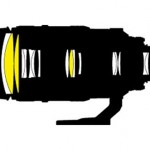 The image of the optical circuit is clickable. The image of the optical circuit is clickable. |
| Lens hood | Nikon HB-24 in the package, as well as the ability to use a special hood Nikon NH-34 for Polar filter to work with polarizing filters |
| Manufacturer country | MADE IN JAPAN |
| Period | From February 2000 to 2013, later replaced by Nikon N AF-S Nikkor 80-400mm 1: 4.5-5.6G ED SWM Nano Crystal Coat SuperED IF |
| Instruction (multilingual) | Download, mirror 2 |
| Price |
About 2 years before the Nikon 80-400 / 4.5-5.6D came out, Canon already announced a similar lens - Canon Zoom Lens EF 100-400mm 1: 4.5-5.6 L IS USM.
Assembly
All Nikon 80-400 / 4.5-5.6D lenses have been released in Japan. To the touch, the lens is quite pleasant and weighty, without a tripod foot, its weight is about 1200 grams. At first it seems that the lens is already very large and very heavy, but in fact it is the same, or even lighter, than professional fast lenses of the class (70) -80-200 / 2.8... On cameras Nikon D700 and and Fujifilm FinePix S5 Pro weight balance does not cause discomfort.
Nikon 80-400 / 4.5-5.6D uses standard professional 77mm color filters. The outer part of the case frame near the front lens is rubberized, which is a kind of protective bumper.
The focus and zoom rings are rubberized, large and comfortable. However, with the tripod foot installed, access to the zoom ring is a bit uncomfortable. Nikon 80-400 / 4.5-5.6D has metal bayonet. The zoom ring and the part of the lens barrel between the focus and zoom ring are plastic. The focusing ring is also plastic. The rest of the lens is made of metal. Due to the presence of a large number of plastic parts, it may appear that the 'professional' Nikon 80-400 / 4.5-5.6D is less assembled than real professional metal zoom type Nikon ED AF Nikkor 80-200mm 1: 2.8D (MKII).
The zoom ring does not rotate as easily and smoothly as we would like. Most likely, the rigid zoom ring is made so specifically to avoid self-extension of the lens trunk.
There is a mark on the case for quick installation of the hood. The lens uses an HB-24 plastic lens hood, which is fixed in special grooves located near the front lens of the lens. The hood can be installed in the opposite direction for transportation. In this position, access to the focus ring and zoom is lost. Hood, although plastic, but very strong. While changing the focal length, the lens hood moves with the trunk of the lens.
The lens has no dust or moisture protection.
When changing the focal length, the rear lens moves in the middle of the lens body like a pump - it draws in and pushes out air. This behavior of the rear lens is called 'vacuum cleaner effect', which can increase the amount of dust that accumulates in the camera.
Tripod foot
The Nikon 80-400 / 4.5-5.6D body has a dedicated tripod foot mount. The tripod foot is fixed to the lens with a special clamping screw. The protrusion on the body has 4 fastening screws, which is why the foot can only be installed if the grooves on the foot are correctly aligned with these screws. And also, because of these 4 screws, the rotation of the foot occurs in jerks. For many users, this is inconvenient compared to other lenses.
To remove or set the foot, you need to combine the indicator in the form of a triangle on the foot ring with the mark on the lens body.
On the inside of the tripod foot there is velor seal for quality fixation.
The Nikon 80-400 / 4.5-5.6D foot and body have markings for quickly adjusting the horizontal or vertical position of the lens and camera.
Stabilizer
Nikon 80-400 / 4.5-5.6D - the very first Nikon Nikkor lens with built-in stabilizer.
Nikon 80-400 / 4.5-5.6D uses a VR stabilizer (Vibration Reduction - Nikon's Vibration Reduction Technology) that can compensate 3 stops by shutter speed. In numerical terms, this means that you can shoot at shutter speeds 8 times longer than what a lens without a stabilizer requires. For example, when shooting stationary subjects at 400 mm of focal length, instead of being limited to 1/400 sec., You can shoot at 1/60 sec.
В instructions 80 stops are indicated for Nikon 400-4.5 / 5.6-3D lens. On official website indicated that the lens can only compensate 2 stops (measurements by CIPA).
This lens uses one of the weakest stabilizers available in Nikon Nikkor lenses (perhaps even the weakest). The Nikon 80-400 / 4.5-5.6D stabilization system refers to first generation... VCMs (Voice Coil Motors) motors are used for stabilization. Even the 'VR-Nikkor' label is archaic in itself (do you know other lenses with such markings?). The 'VR-Nikkor' label reminds me of old manual zoom lenses that were labeled with the 'Zoom-Nikkor' prefix. And modern lenses do not have the 'Vibration Reduction' inscription, which is on the Nikon 80-400 / 4.5-5.6D body (it decodes the abbreviation 'VR' and emphasizes the presence of this option).
Although the lens uses a weak stabilizer, the capabilities of the latter are quite enough for comfortable work during handheld shooting. It was difficult for me to get sharp shots of stationary objects at 400 mm focal length and 1/60 sec., But starting from 1/100 sec. almost all frames were sharp. Therefore, I believe that in real conditions the lens compensates for less than 3 stops. For the review, I took pictures at shutter speeds of 1/250 sec and 1/320 sec to completely avoid blur both from camera shake and from the movement of objects.
To enable / disable the stabilizer, as well as switch modes of its operation, the lens has special three-position switch (shown in the picture below).
The stabilizer can work in three modes:
- 'ON with two buttons drawn' - activates the stabilization system when you press the shutter button fully, or when you half press the shutter button. Suitable for easy focusing when displayed in JVI the picture is not shaking.
- 'ON with one button drawn' - activates the stabilization system only when you fully press the shutter button. Suitable for saving battery power.
- 'OFF'- the stabilizer is off.
Important: in the first mode 'ON with two buttons drawn' the stabilizer is not activated when the 'AF-ON' button or any other button programmed for the 'AF-ON' function is pressed. The stabilizer turns on only when you half-press the shutter button. Different cameras may operate differently with 'AF-ON' and gimbal activation.
The stabilizer operating modes allow you to choose only the stabilization system activation method, and, unlike modern lenses, for example, such as Nikon N AF-S Nikkor 70-200mm 1: 4G ED SWM VR IF Nano Crystal Coat, do not have quality settings and the method of its operation, for example, such as the variation 'VR Normal / Active'.
The Nikon 80-400 / 4.5-5.6D stabilizer can track the movement of the camera in horizontal or vertical directions to create panoramas. When turning on or off the stabilization system motors, the image in JVI can twitch.
Diaphragm
Diaphragm lens consists of 9 rounded petalsthat form a flat hole. Aperture range is available from F / 4.5-5.6 to F / 32-F / 40.
There are marks with a focal length on the zoom ring, the following is a list with the minimum numbers F available for these marks:
- 80 mm - F / 4.5
- 105 mm - F / 4.8
- 135 mm - F / 5.0
- 200 mm - F / 5.3
- 300 mm - F / 5.3
- 400 mm - F / 5.6
The lens has a manual aperture ring. To be able to control the value aperture from camera or for automatic installation aperture on modern CZK, you need to turn the control ring to the value of F / 32 and fix it with a special lock with an orange letter 'L', which is located to the right of the labels aperture. If this is not done, then on a number of cameras, the display will display an error - 'fEE' (ring is not installed aperture) Some cameras having diaphragm rheostatallow you to control the aperture using the ring aperturebut only in metering modes exposure 'M' and 'A'. You can read more about this issue in the section on Non-G Lenses. Ring aperture rotates with clicks, it has F / 4.5, 5.6, 8, 11, 16, 22, 32; it is not possible to set an intermediate value between pairs of numbers using the aperture ring. Intermediate values can be set only through the camera menu. Nikon 80-400 / 4.5-5.6D is one of the few lenses that has a letter 'L' ('Lock' - 'lock').
Focusing
In general, the Nikon 80-400 / 4.5-5.6D focuses slow. On cameras Nikon D700 и Fujifilm FinePix S5 Pro the lens makes focusing errors more often than wanted, but I don’t have any particular complaints about the tenacity of focus.
There is a lens housing focusing distance limiter 'Limit / Full'.
- In Full mode, focusing is available over the entire range - from ∞ to 2.3 m. The travel time of the lenses from infinity to MDF and back is very long and causes severe discomfort during automatic focusing. In this mode, the lens can be considered to focus So slow.
- In Limit mode, there are two operating options: 'from ∞ to 5 meters' and 'from 2.3 m to 3.5 m'. In the 'Limit ∞-5' mode, the travel time of the lenses from infinity to MDF and back is significantly reduced, and the focusing speed can be called and... In the 'Limit 2.3-3.5' mode, the travel time of the lenses from infinity to MDF and back is longer than in the 'Limit ∞-5' mode, and the focusing speed can be called low.
The focus limiter operates in both manual and automatic focus modes.
The minimum focusing distance is 2.3 meters (over the entire range of focal lengths), while you can shoot Macro with a maximum magnification of 1: 4.8but only at 400 mm focal length. It is inconvenient that for an 80 mm focal length the MDF is 2.3 meters too large.
Nikon 80-400 / 4.5-5.6D has a window with a scale of distances in meters and feet. There is no GRIP scale, but there is a mark for photographing in the infrared spectrum, but only for 80 mm focal length. The manual contains additional information about shifting the focus ring during infrared shooting at other focal lengths. And the depth of field scale can cut from the instructions and stick on the distance scale (and Nikon suggests doing this needlework for a professional lens!).
During focusing, the front lens does not rotate, but travels forward. While changing the focal length, it also does not rotate and drives forward. There should not be any special problems with the use of specialized filters. Unfortunately, the Nikon 80-400 / 4.5-5.6D does not have internal focusing as such, although the front lens does not rotate during manipulation of the lens.
During auto focus, the focus ring rotates freely and does not affect the focus process. During manual focus, the focus ring rotates 135 degrees in Full mode. Manual focus is quite comfortable.
It's important: auto focus with this lens is available only when using him on cameras with built-in motor focusing.
Exact list Nikon DSLR cameras with a built-in focus motor, on which this lens will focus automatically:
- D1, D1h, D1x, D2x, D2xs, D2h, D2hs
- D3, D3x, D3s, D4, D4s, D5, D6
- Df
- D50, D70, D70s, D80, D90
- D7000, D7100, D7200,D7500
- D100, D200, D300, D300s,D500
- D600, D610, D750, D780
- D700, D800,D800E, D810, D810a, D850
- Fujifilm FinePix S1 Pro, S2 Pro, S3 ProS3 Pro UVIR, S5 ProIS Pro
- Kodak DCS PRO 14n, DCS Pro SLR/n
Exact list Nikon DSLR cameras without a built-in focus motor, on which this lens will not focus automatically:
Only auto focus and sound confirmation of focus will not work with these cameras, all other important functions, such as automatic exposure metering and automatic iris control, will work well.
You will find a lot of useful information on the types of cameras and lenses Nikon here.
During auto focus, the lens and camera pretty noisy.
Nikon 80-400 / 4.5-5.6D has the 'Focus Breathing' effect - changing the viewing angle when focusing. When you change the focal length, the focus goes astray, but only a little.
Focus switch 'L MA L'
Focus mode switch 'A-M' (on the case it is actually 'M-A') is designed as a ring and uses a metal release button to switch between 'M' and 'A' modes. This switch makes it easy to distinguish Nikon professional from non-professional lenses in the old 'Nikon AF' range.
Actually, such a focus mode switch is not very convenient. In order to somehow refine it, additional functionality was developed, namely, the LA and LM modes were added. Now near the letters 'A' (left) and 'M' (right) there is also the letter 'L' ('Lock' - 'Lock / latch').
The essence of the updated switch is as follows:
- A - automatic focusing works, you can quickly change the focus mode to 'M' by simply rotating the focusing mode selection ring, without additional pressing the lock button.
- M - manual focus only, you can quickly change the focus mode to 'A' by simply rotating the focus mode selection ring, without additional pressing the lock button.
- AL (or LA) - automatic focusing works. To switch to another focusing mode, press the lock button of the focusing mode selection ring.
- LM - manual focus only. To switch to another focusing mode, press the lock button of the focusing mode selection ring.
The 'A' and 'M' modes are useful when the photographer frequently switches between focusing methods, while the 'LA' and 'LM' modes provide a secure lock on the selected focusing method. In any case, these modes are still far from modern switches'M / AM', or 'A / MM', or 'A / MM / AM'.
Compatibility and Features
The lens will work best on full-size cameras. Nikon fx. EGF camera lens Nikon DX is 120-600 mm. There is no complete analogue of Nikon 80-400 / 4.5-5.6D for Nikon DX cameras, but according to EGF it looks a lot like cropped Nikon DX AF-S NIKKOR 55-300mm 1: 4.5-5.6G ED VR SWM HRI (EGF is 82.5-450 mm).
A list of all Nikon DX series lenses can be found. here. The optical design of all Nikon DX lenses can be viewed here.
Image quality
In the range of 80-300 mm, there are no complaints about the sharpness in the center of the frame on open apertures, but after 300-330 mm the sharpness drops a little. The sharpness drop is very noticeable at the edges and corners of the frame. If you cover the diaphragm, then the sharpness comes back to normal. The lens has a slightly pronounced distortion and vignetting (hardly anyone will even notice them in real pictures). Nikon 80-400 / 4.5-5.6D tolerates side and backlight well, you can safely shoot without a hood. Chromatic aberrations present, but their level is not great. The lens creates a neutral bokeh and a fairly neutral, somewhat even pleasant picture.
In general, from Nikon 80-400 / 4.5-5.6D I would like the best indicators of image quality, especially in terms of sharpness along the edges of the image at the long end.
You can download RAW source files at this link (62 files in the '.NEF' and '.RAF' format, 820 MB). All photos are on-camera JPEG. All photos were shot on Nikon D700 (using monopod and hood) and Fujifilm FinePix S5 Pro (without using a hood and tripod foot).
UPDATED
Sample photos on Nikon ED AF VR-Nikkor 80-400mm 1: 4.5-5.6D Vibration Reduction and a camera Nikon D610 shared Ekaterina Vasyagina (website photojourneys.com).
- The first photo in the gallery - the finalist of the international competition "Golden Turtle" 2017
- The second photo in the gallery is the finalist of the international competition "Golden Turtle" 2018
- The third photo in the gallery is the Finalist of the international competition "Golden Turtle" 2017. Winner of the Nikon competition "I am in the heart of the image". 2018 in the category "Animalism" (professionals)
More works by Ekaterina can be found on her page Facebook and on the site 35photo.
My experience
Nikon 80-400 / 4.5-5.6D - a funny specimen tractor engineering objective building. Slow focusing and general moral obsolescence do not suit me. Although 400 mm is cool :).
In general, the Nikon 80-400 / 4.5-5.6D can be useful for those professionals who know exactly how to use this kind of lens. For everyone else, there is a shorter Nikon ED AF-S Nikkor 70-300mm 1: 4.5-5.6G VR ED IF SWMwhich does 80% of the work of the Nikon 80-400 / 4.5-5.6D.
It’s a little surprising that the lens was produced for the whole 13 years and amuses that during its publication in advertising brochures it was indicated as an advantage that it uses a ring zoom (the focal length is changed by rotating the zoom ring, and not by moving the piston, as with older lenses).
More pictures of the lens:
Comments on this post do not require registration. Anyone can leave a comment. Many different photographic equipment can be found on AliExpress.
Price
Real prices for Nikon ED AF VR-Nikkor 80-400mm 1: 4.5-5.6D Vibration Reduction lens can see here, or in the price block below:
Results:
Nikon 80-400 / 4.5-5.6D is a very peculiar professional lens. In many ways it is outdated and out of production. For our time, it has slow and noisy focusing and weak image stabilization. But this fat man can still please the photographers. The super telephoto range is something.
Material prepared Arkady Shapoval. Training/Consultations | Youtube | Facebook | Instagram | Twitter | Telegram

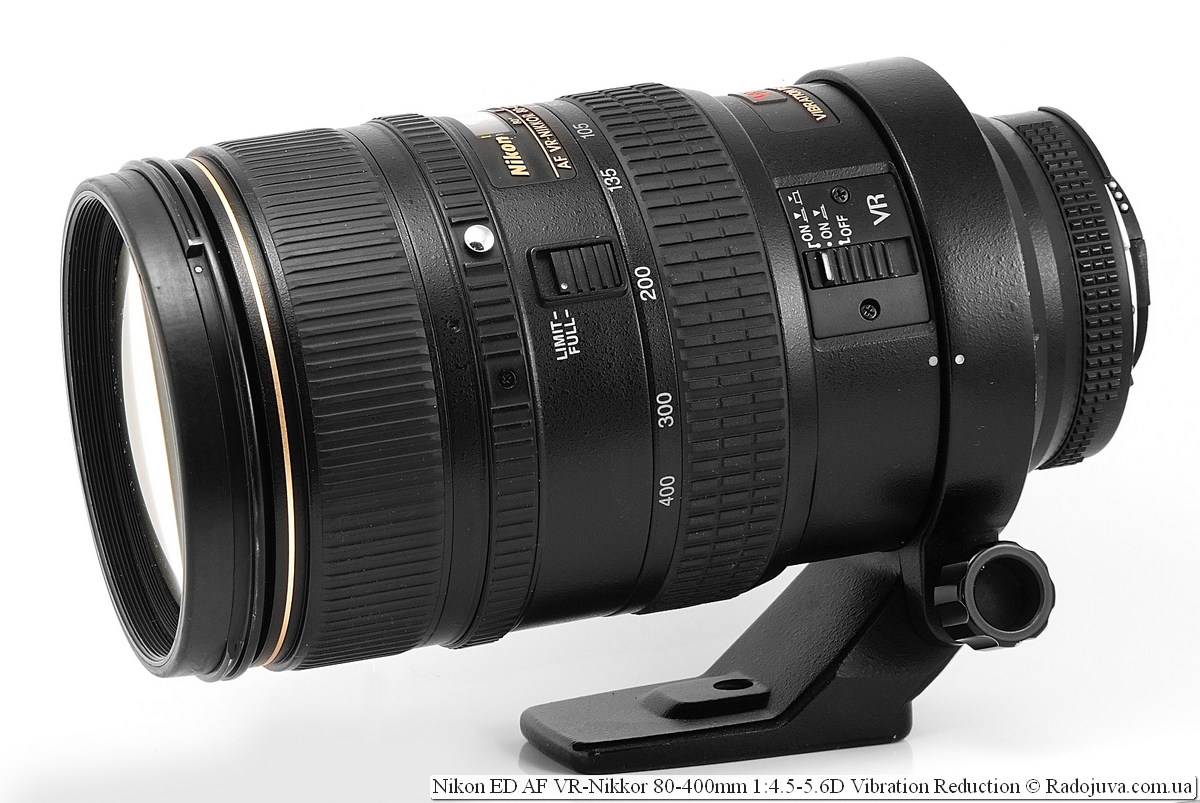
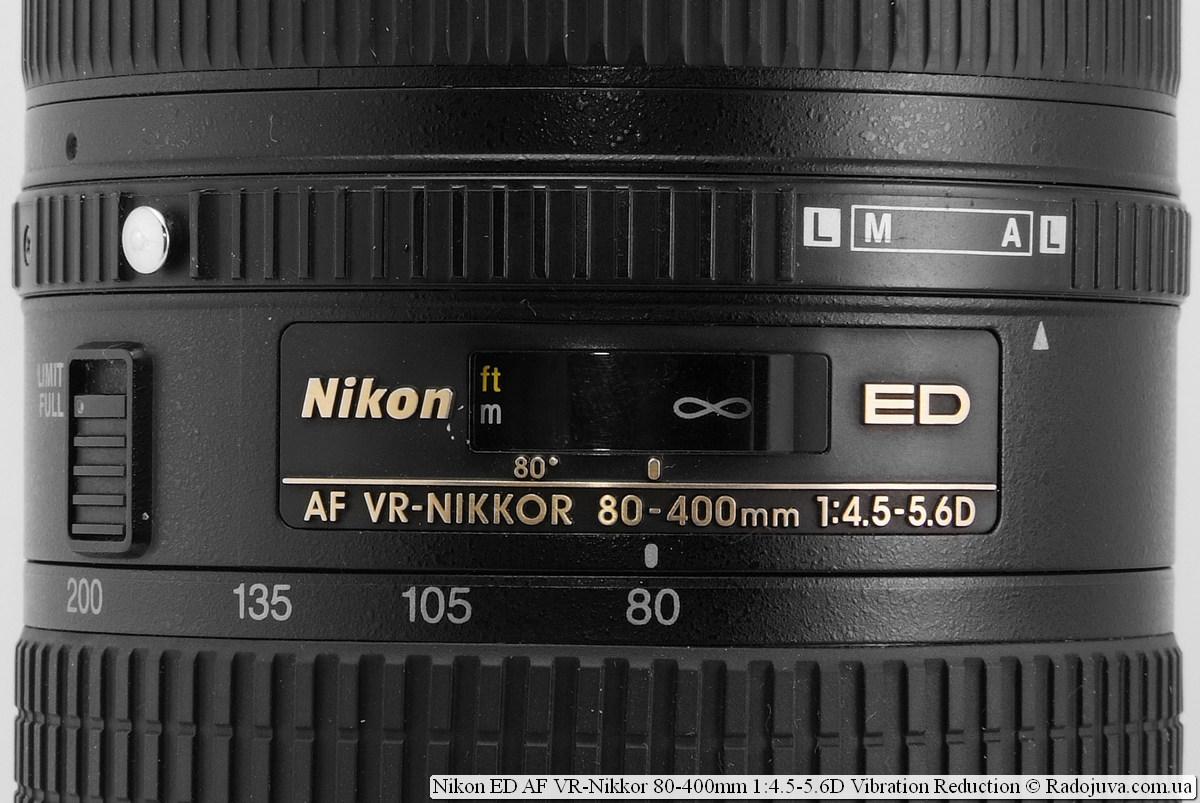
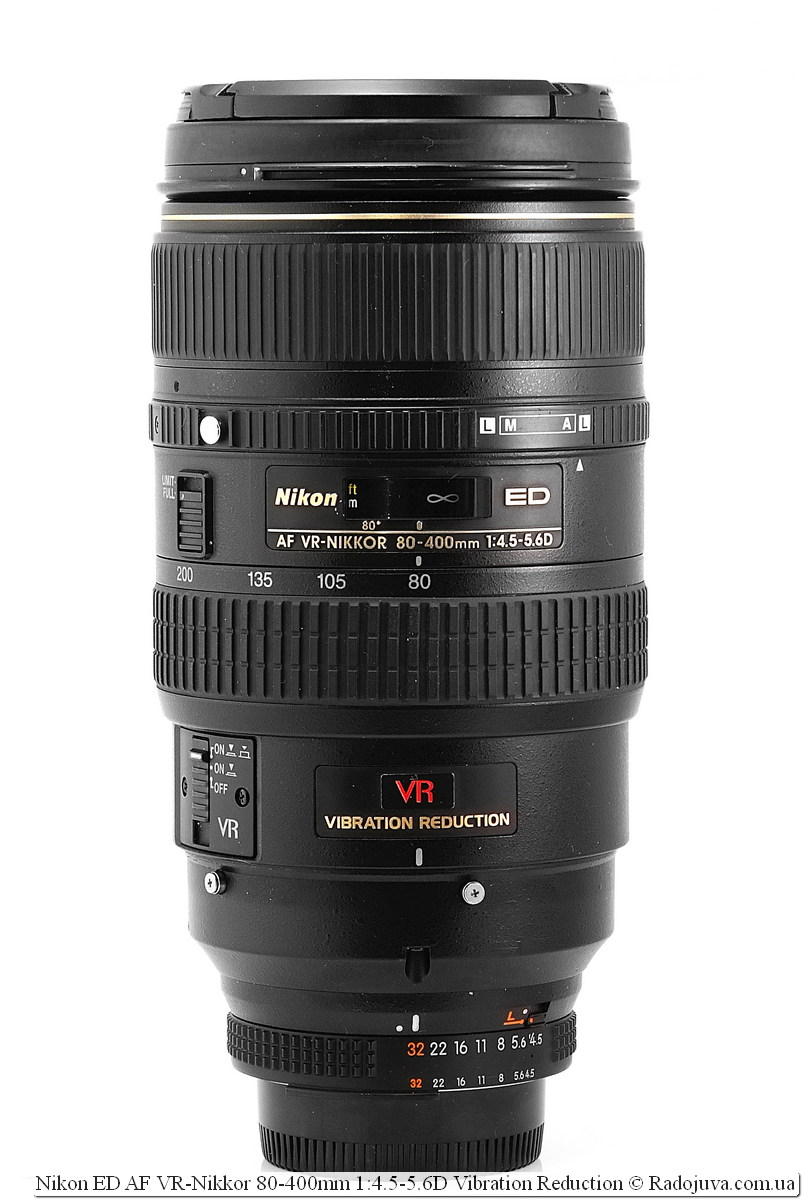
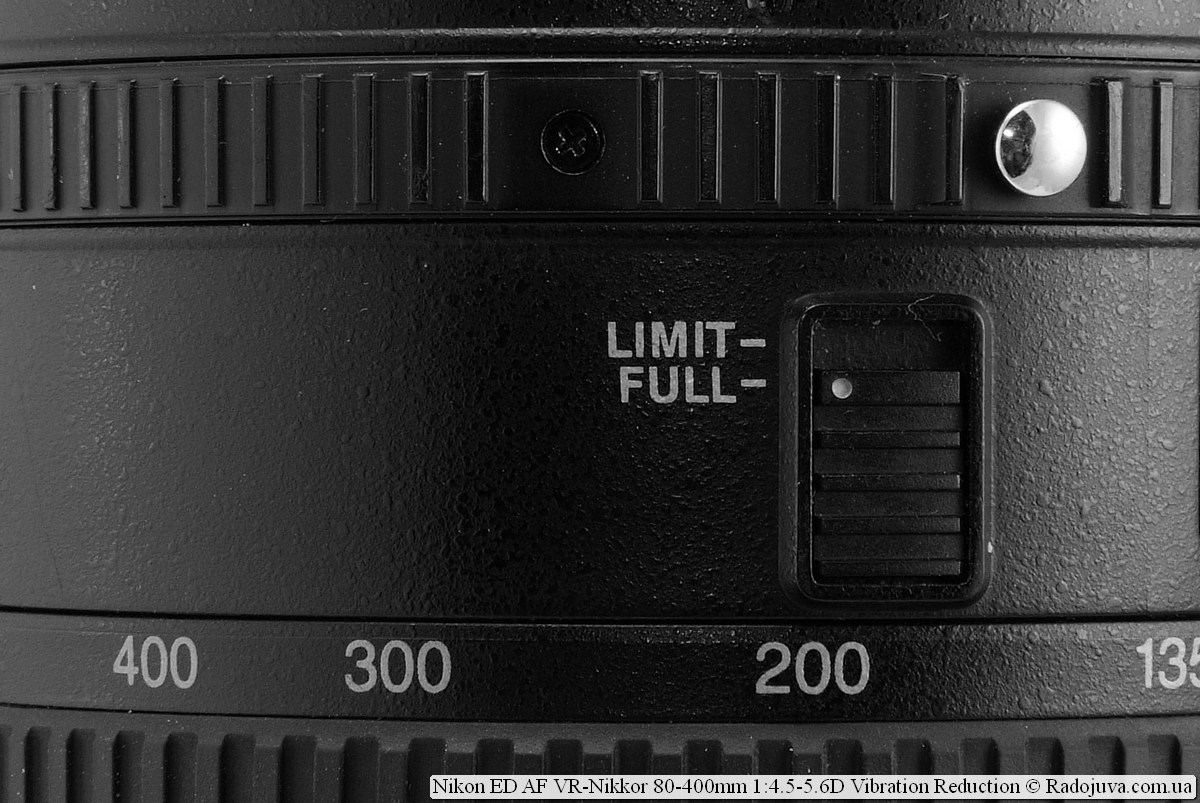
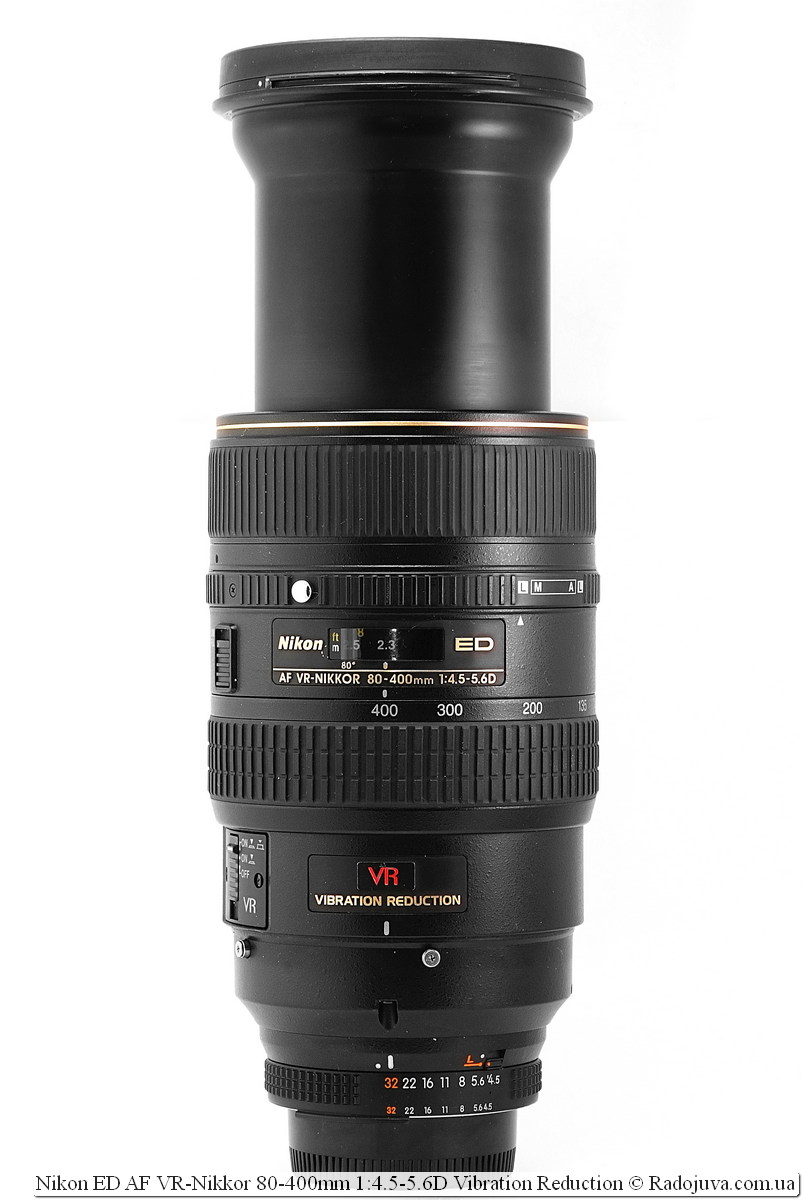
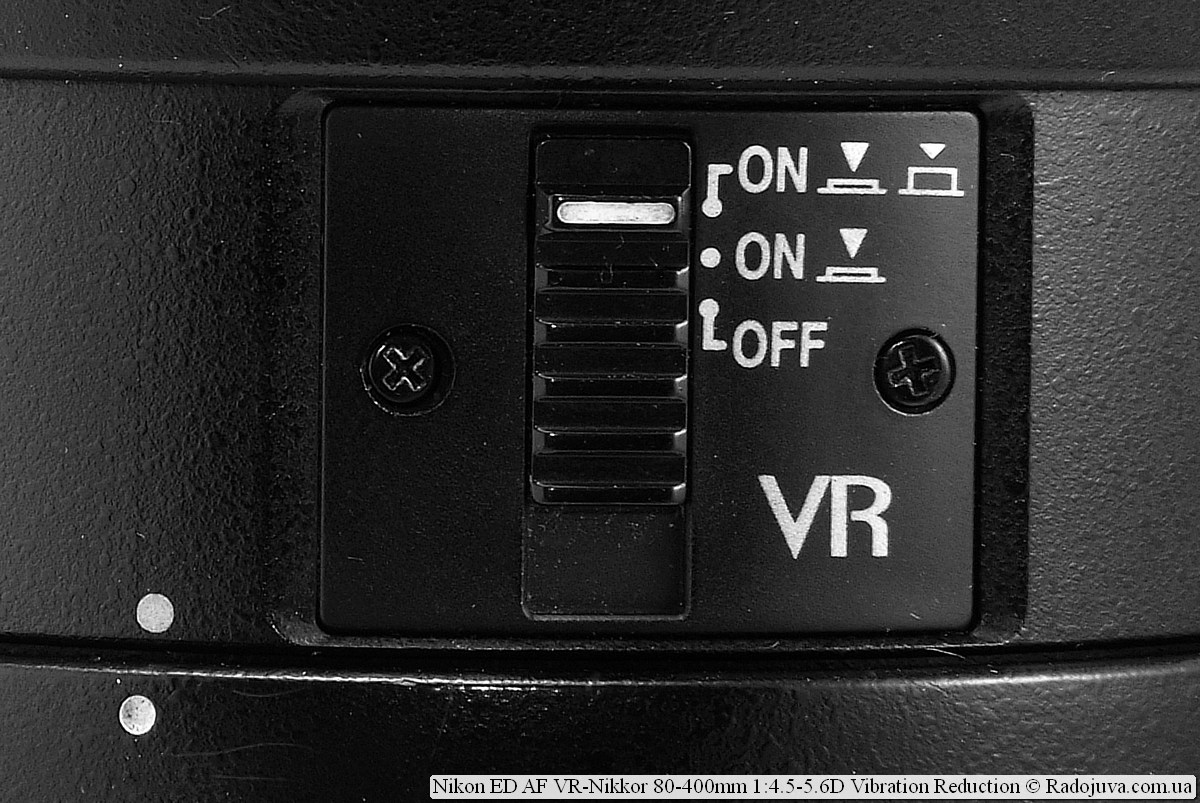
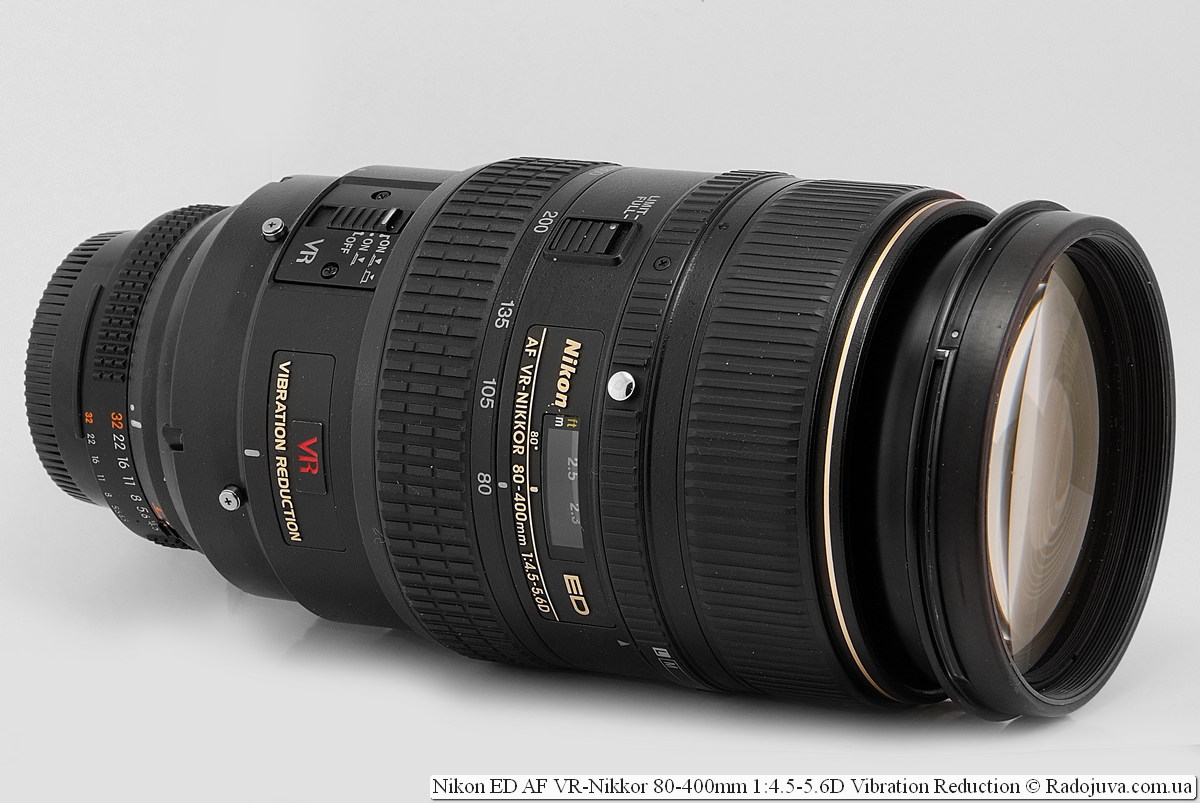
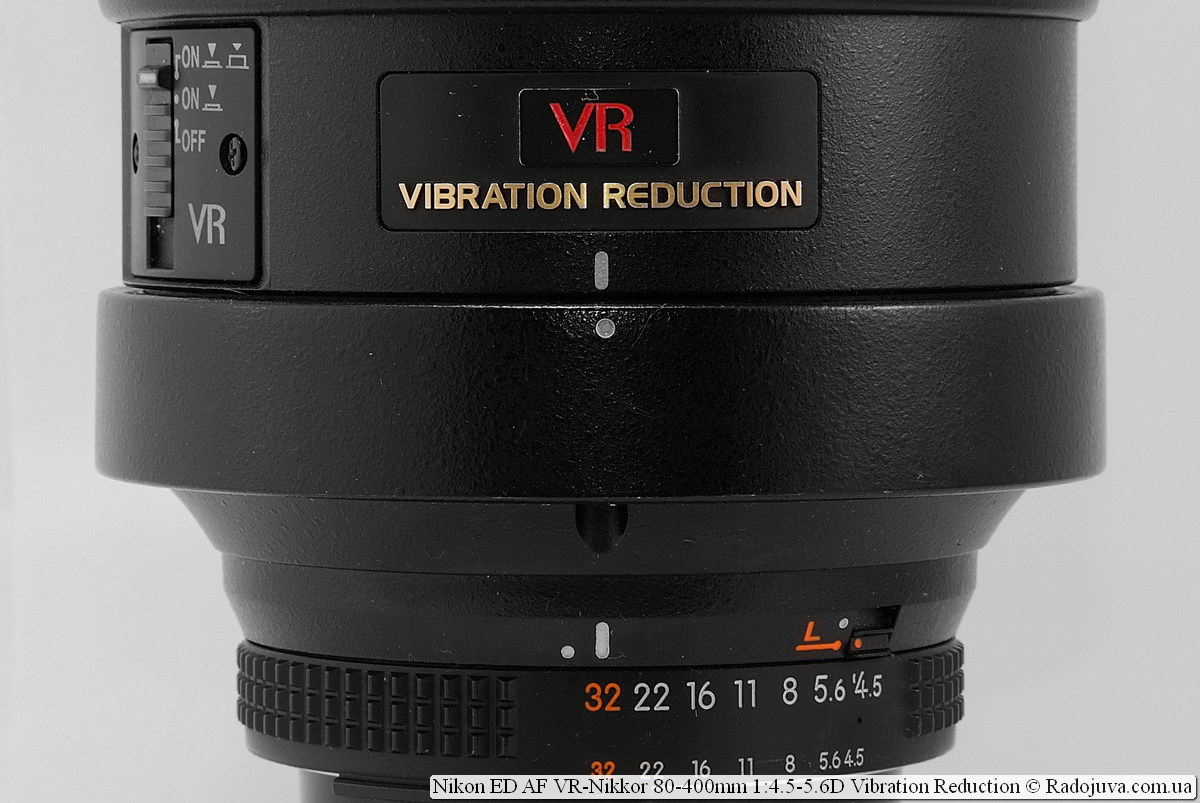
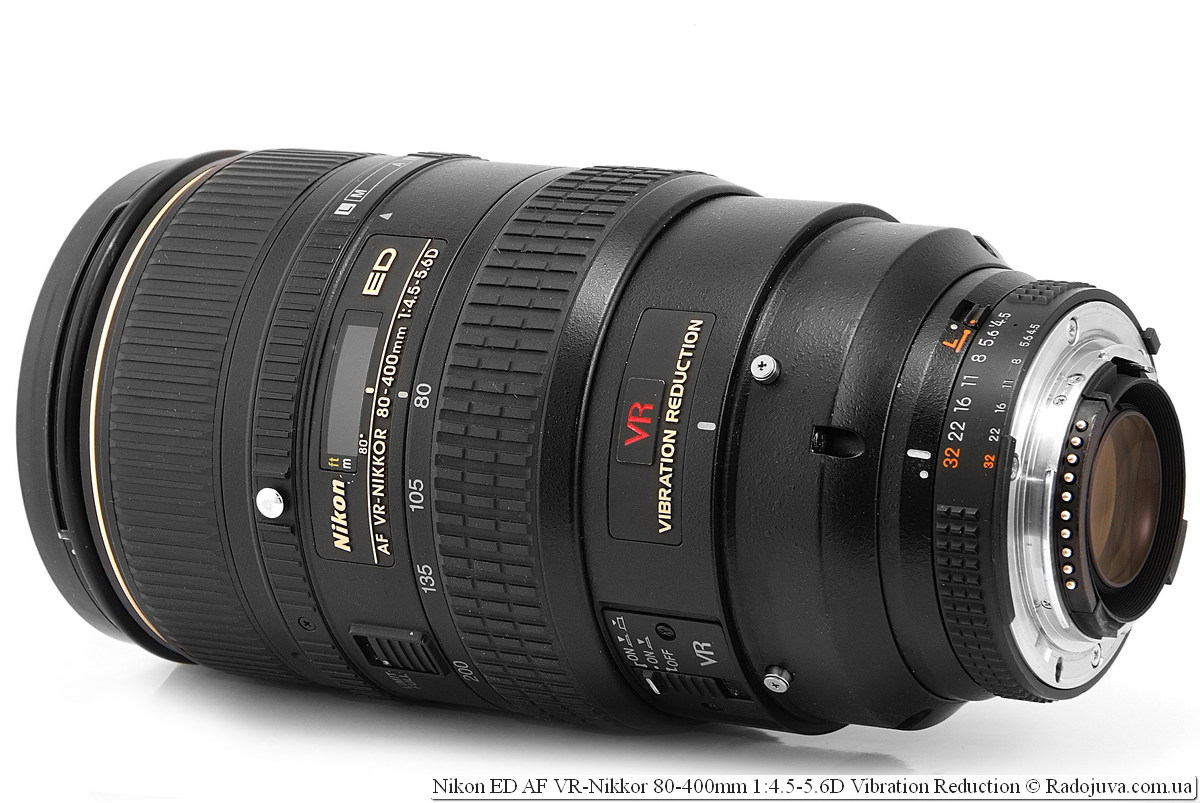
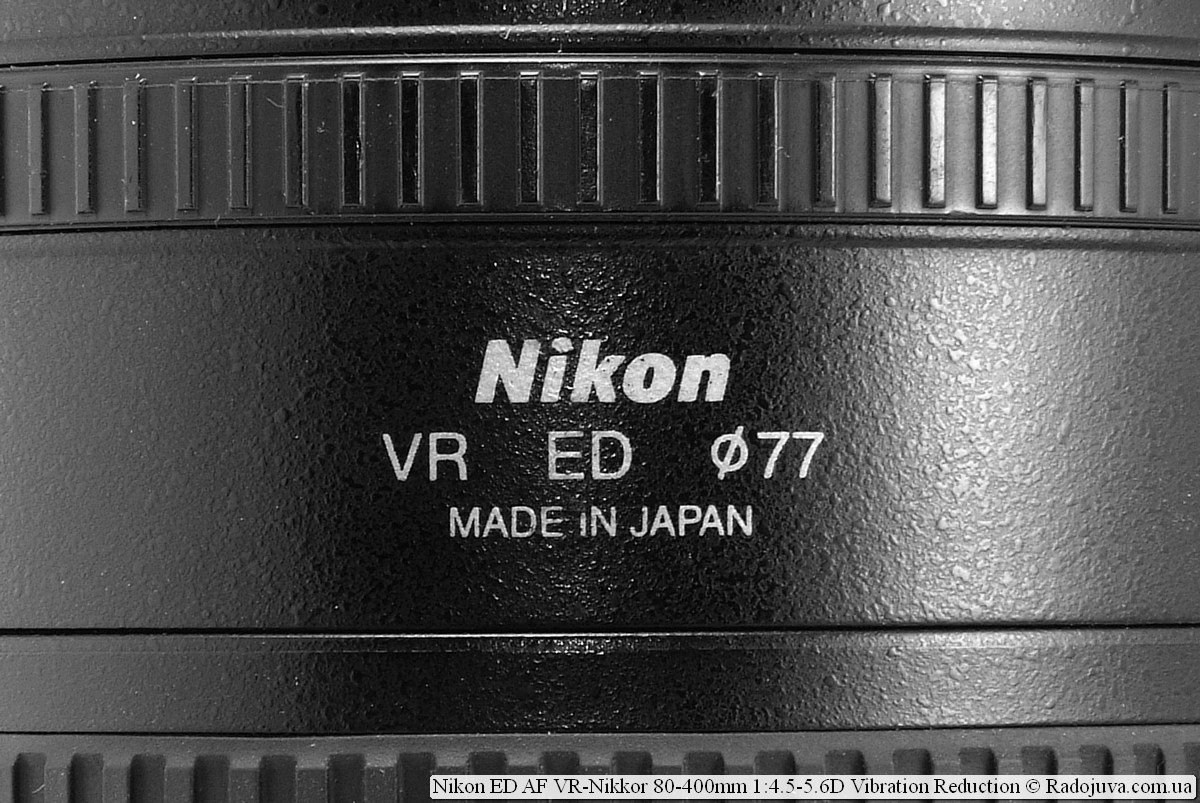








































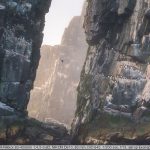
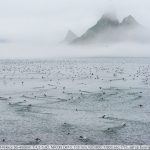
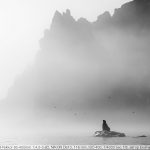
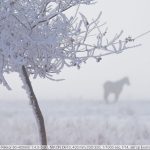

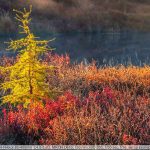
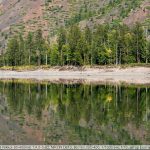
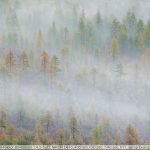
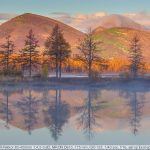
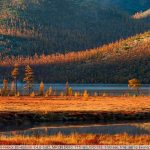
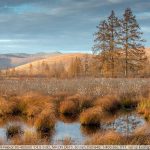
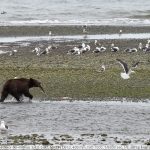
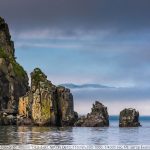
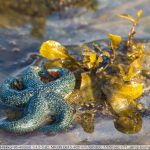
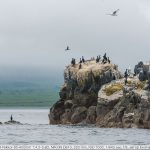
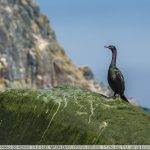
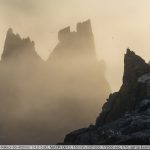
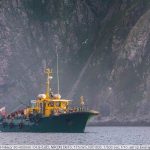
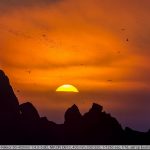
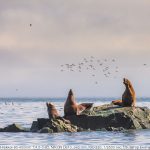
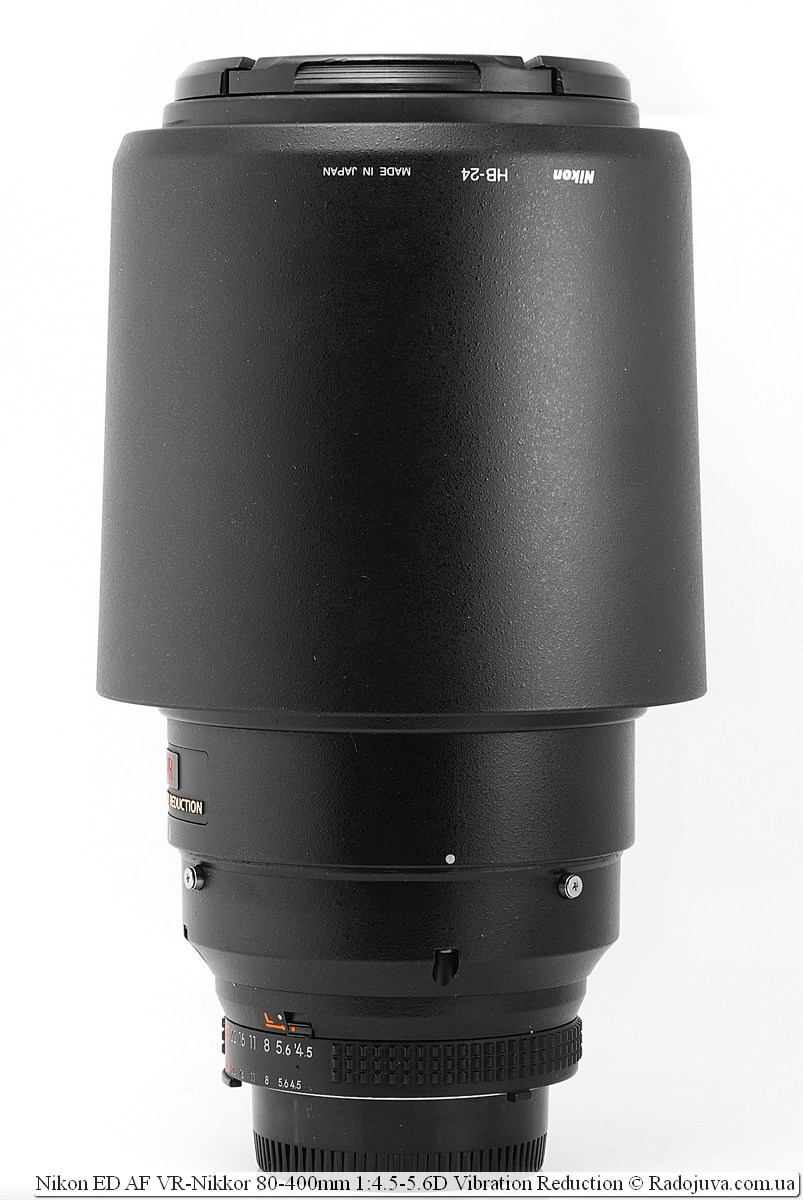
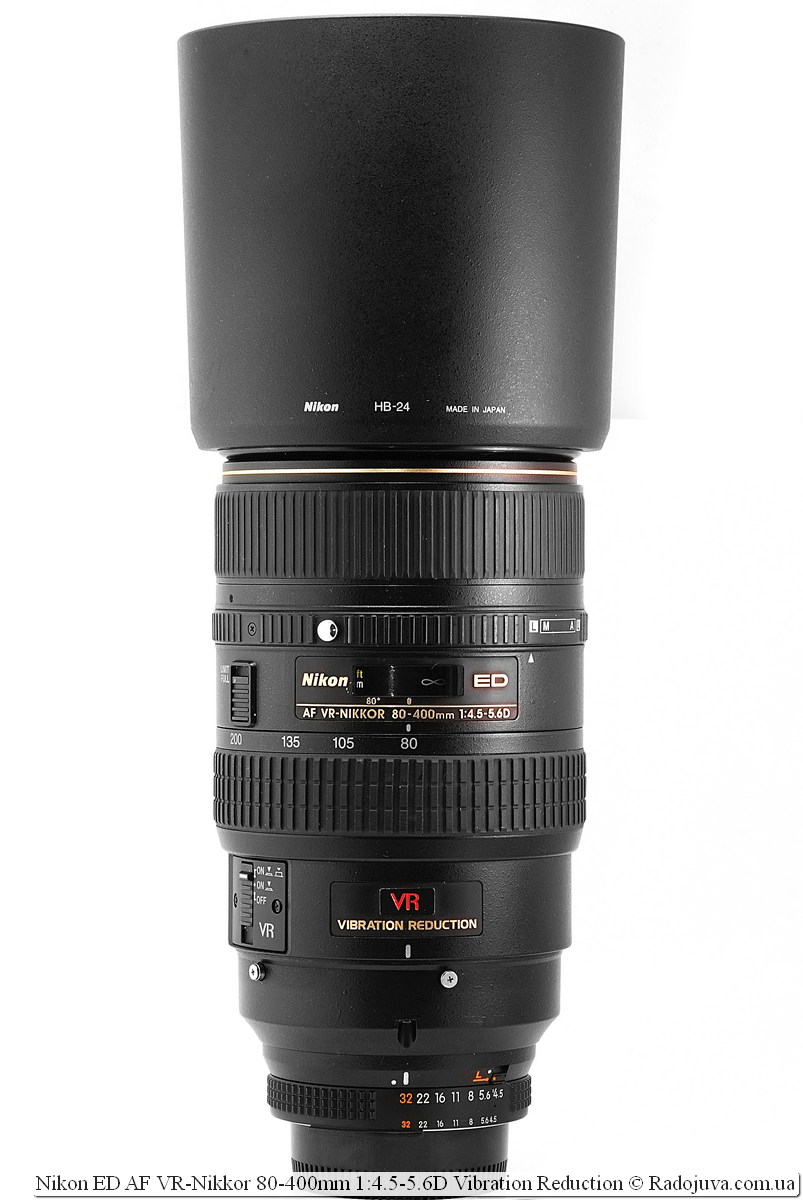
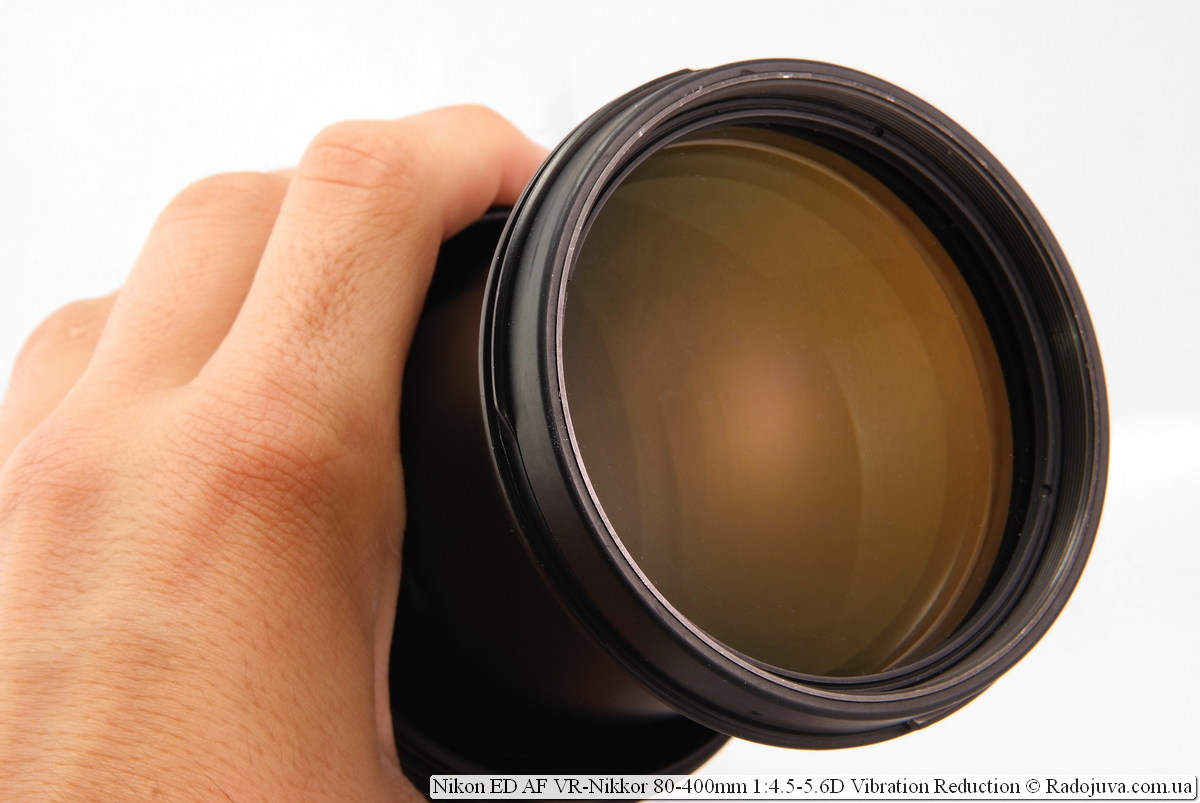

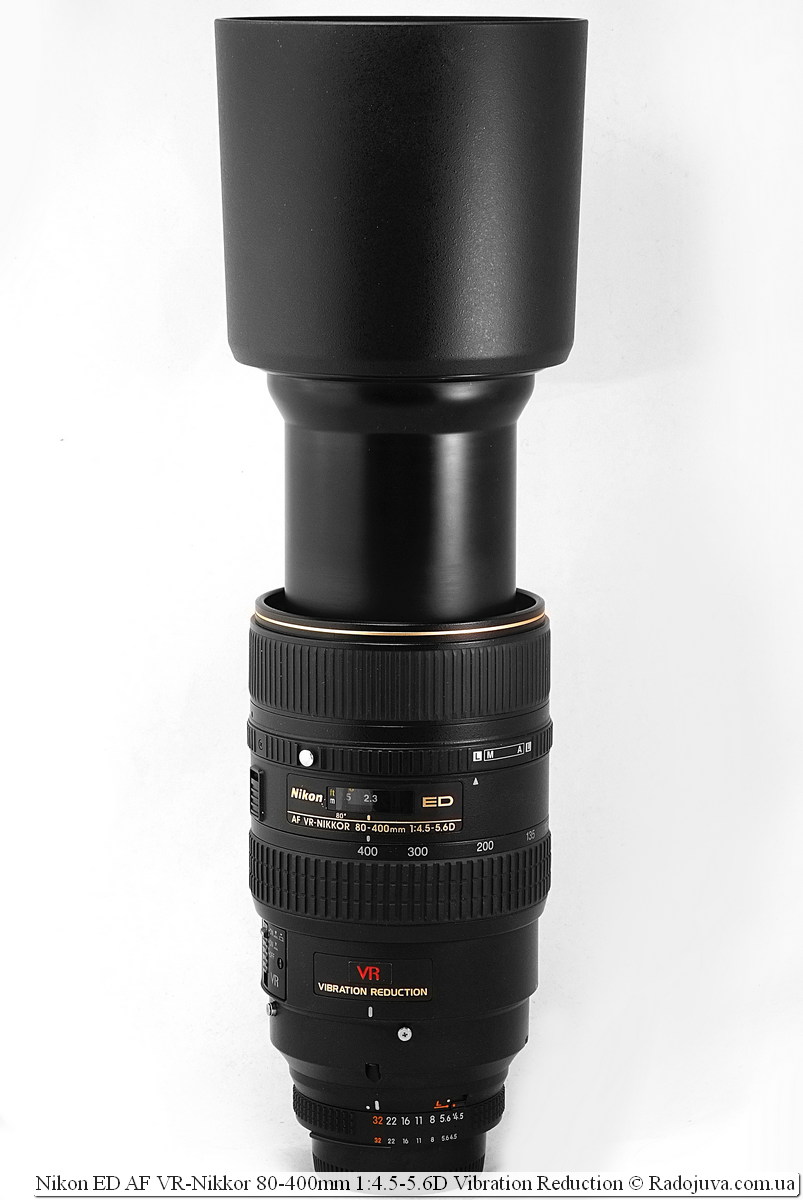
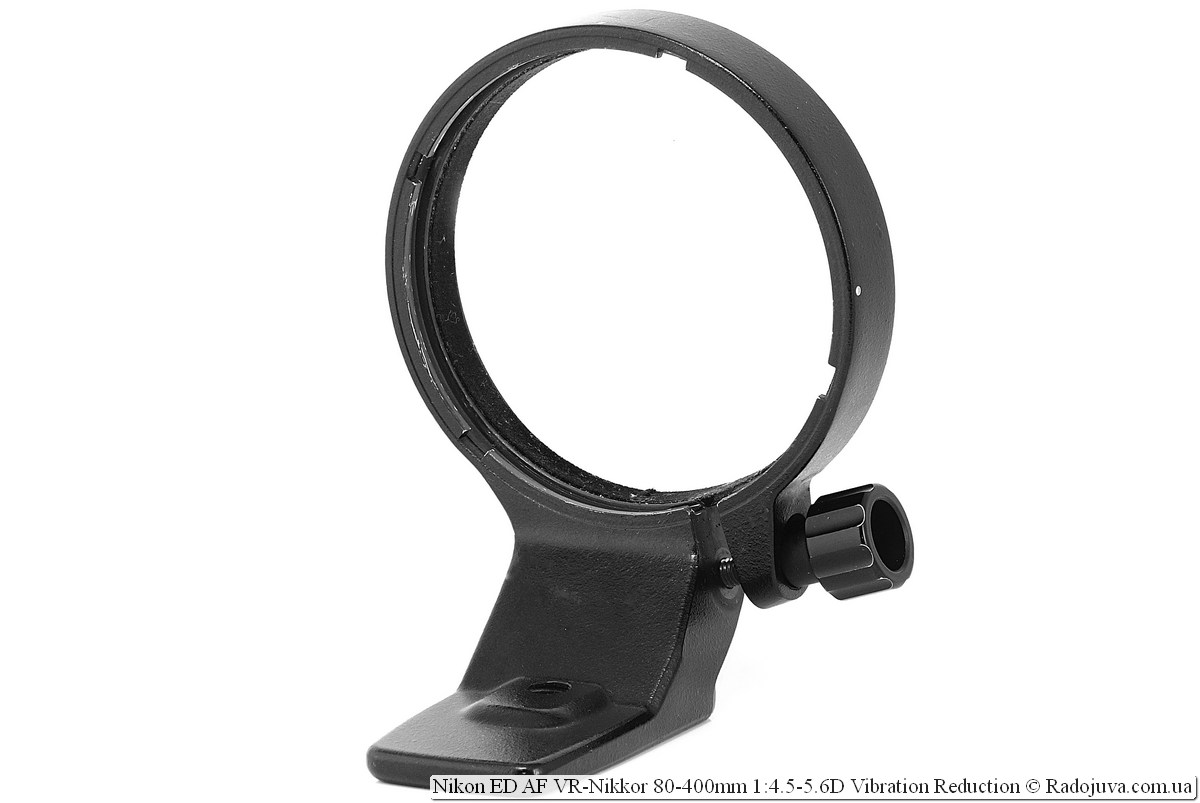
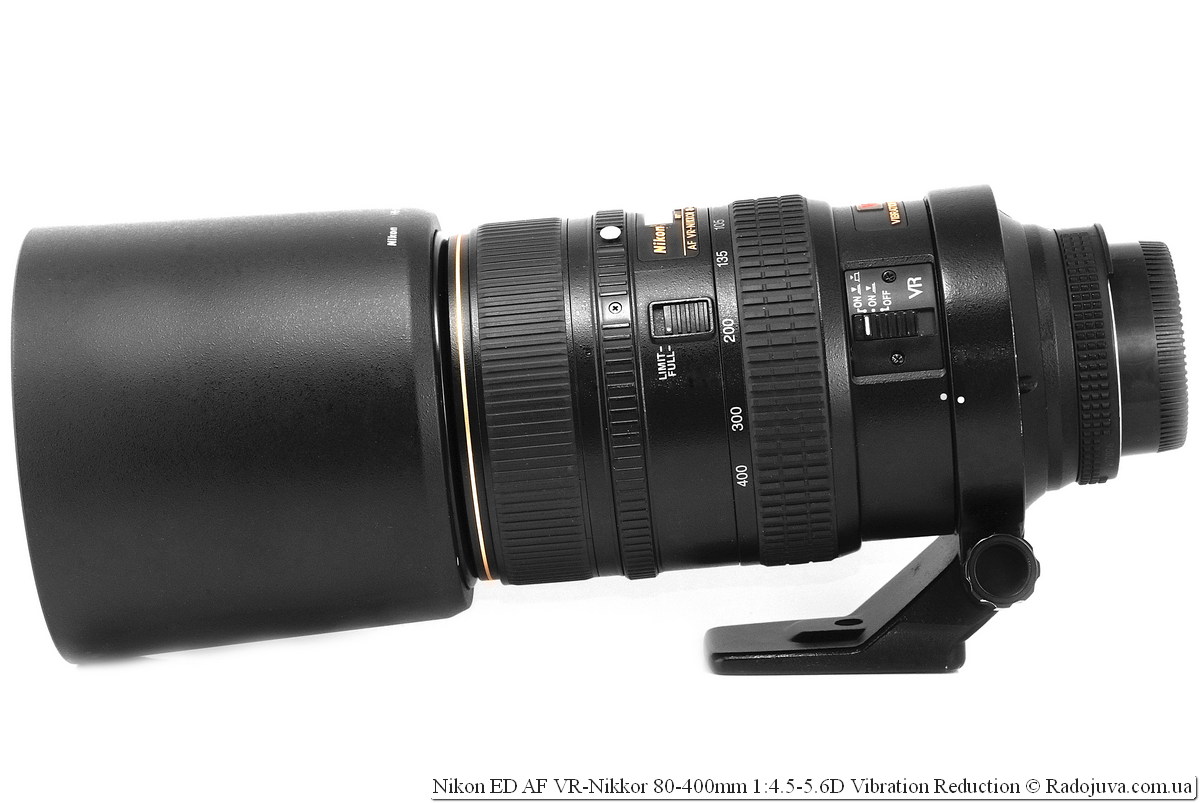

You look at the hair and understand that the S5pro subpixels are again ahead of the rest :)
hmm ... hair ??
Yes, not in the mirror :) in the photo of Arkady from this review, hair is better drawn in the pictures with Pro5 (than with the d700),
although I looked again (with glasses! :) and probably it just seemed to me (because of different focal and larger plans)
And I liked this "mixture of a bulldog with a rhinoceros", but the price is too high, gentlemen.
Find cheaper in this state, those who need this lens do not start a conversation with such words. infa 146%)))
Question to Fotik: Why do you have one Nikon optics presented, are these principles?
better to be good in 1 profile. maybe we’ll start doing kenon. but it all needs money. But right now the times are not the same. and it’s so good that you can treat your face with rare lenses in our area.
Come on, come on, otherwise it’s time for the canonists to indulge with rare lenses
Some recent comments on the site were accidentally deleted.
Arkady writes reviews one after another. A great lens, the picture is wonderful, especially at 400mm in the open. It’s great that there is a Fotika.com.ua store that shares such interesting lenses with Arkady, good luck to you guys! Arkady thanks for the review. Joyful the best
The lens is certainly super ...
Thank you for the review! Really interesting instance !!! True view and awesome weight)
Conversations about nothing)) Hmm, we are ... No one has a lens and will not have and do not need it, only boltology and PR fotiki, and not a word about the photo-craft. flood ... Good luck !!!
comment from the category I'm a smart guy, and with my opinion. and you are all mediocre. I just did not see here (in the blog) the inscription “blog of prafffessiAnalov, only for cool, about craft and a soulful picture with volumes” read what is written at the top of the header. and why do you care who is promoting whom? So you think we're giving him lenses and begging for advertising? if it's easier for you, we can remove it. only on this blog there are links and not our resource, and this is a mutual benefit for everyone. if you really drum and you are a big pro, then you immediately go to mayved or 35foto.
I would not feed the trolls. Let yourself mutter. Where else can I assert myself except in the forums?
Denis is right. All of us, both those who admit it and those who do not, are mired in the slops of endless discussions of what we do not have and never will. And not a word about photography as such ………
Thank you Denis for being with us)))
Thanks to the author for the review, a very interesting lens that is quite worthy of attention, although not faultless. In direct hands (judging by the photo) is capable of much. Although it is strange that a lens without dust and moisture protection and with controversial characteristics. Canon 24-105L for outstanding, but worthy features and a chip with autofocus scolded on what the light is. :) ps did not try to rekindle the dispute and offend the author
I did not scold the Canon 24-105L, but described its capabilities and behavior, exactly as in this review. If something is wrong there, unsubscribe, indicate the inaccuracy. Similarly, if something is wrong here, unsubscribe, point out the inaccuracy and I will try to fix it.
Although it is strange that a lens without dust and moisture protection and with controversial characteristics is considered professional
Canon also has enough “strange” L (elec), for example Canon EF 50-200mm 1: 3.5-4.5L, without USM motor, dust and moisture protection and with controversial characteristics. A lot of things here decide the age of the lens and its positioning, the availability of such lenses and the scope of application.
Arkady, Fotika, thanks guys, it's really very cool and interesting. But still I would like to listen to the head of the goods and transport department. In the sense, it is the G version of this lens, because it is on the G version that there are not enough normal quality reviews. The reviews of Arkady are unique in their own way and have an authorial and very recognizable style, and this is very remarkable, but it is on this lens that the network has a lot of information and materials, so that you can easily form an opinion about it. And its cost, as for glass of this class, is currently RELATIVELY not high, version G for example, costs twice as much. Therefore, I really want to know if it is worth the money?
Thanks for the interesting review. Similarly, like Yarkiy, I expect an overview of the AF-S version.
Arkady, do not pay attention to the critics: you have excellent reviews that you can safely navigate when choosing a lens. Although my photo experience is minimal compared to yours, in the lion's share of cases my personal opinion about lenses is the same as yours.
The lens itself is not interesting to me, although a funny "contraption"
I go actually just to see the photos =)
Arkady is an amazing person, how he manages everything and where he finds so much strength on reviews and articles))
About the effect of a vacuum cleaner. :)
Quote:
“Important: in the first mode 'ON with two buttons drawn' the stabilizer is not activated when the 'AF-ON' button or any other button programmed for the 'AF-ON' function is pressed. The stabilizer turns on only when you half-press the shutter button. ”
Amendment:
At least on Nikon D810, the stabilizer turns on when you press the AF-ON button. Most likely, on all "new" cameras, the logic was changed. I use this lens on d810, d700, d90.
Fixed (the instructions indicate the way it was written on the d700 and c5 about everything just like that).
Probably because of this, the d810 does not have a focus trap.
But the focus trap just works on the 810th with firmware
C 1.01
L2.005
In how.
Yeah :))
So there are a lot of surprises with the new cameras. For example, one more: the logic of operation of the d810 with flashes when ISO-AUTO is on is also different with respect to the d90 or d700))
Does anyone know where to get a tripod leg for him?
OOOOO !!! in a pink dress, the actress is somehow. I remember my mother watched a soap opera with her participation
Alena Alymova? http://vdoma.stb.ua/star/alena-aly-mova/
Arkady is now a paparazzi :) Thanks for the review!
Arkady, thanks for the interesting reviews of technology. Continue in the same spirit!
To fix
" - one of
few lenses which is near the lever
the diaphragm has the letter 'L' ”
- here, and a few more times above, the "lever" is indicated. A lever, a lever is a control element that has a pivot point: for example, the focus switch on the carcass is almost always a lever, there are no levers on this lens, only slide switches.
With respect and gratitude for your work.
Fixed
Good afternoon everyone! I have been looking at this site for a long time, and now I decided to share my experience. A year ago I ordered myself such a lens. And for a year now I am glad that I did not buy it. The price was 40 rubles, the version with AF-S cost much more. I already had (and still have) a Nikkor 000-70 VR AF-S lens, but I wanted a longer one. The choice fell on the subject, tk. longer ones are very expensive. At the point of issue, the lens was tested and completely disappointed. Everything is as expected except the stabilization system. At the long end, one shot in 300 was obtained. In simple terms, there is practically no stabilization system. I was very upset, I didn't buy, but I accidentally noticed another telephoto lens Tamron SP 20-150 mm F / 600-5 Di VC USD on the window for the same 6.3 rubles. I once had a Tamronovsky zoom and I remember it with an excellent stub and sharp picture. Sellers kindly gave it a try. The impressions are the most positive. Ultrasonic motor, vibration reduction, focal - up to 40 !!! Stab works radically better than Nikon's. After adjusting, I hand-held a series of perfectly sharp shots at the long end at 000/600 shutter speed !! I bought it, and for a year now I have only been happy.
The stabilizer in this lens is really a weak point, compared with more modern lenses. It is better not to increase the shutter speed more than 1 \ 160, to the very edge of 1 \ 125, but it is better to look for support.
error - “On the Nikon 80-400 / 4.5-5.6D body there is a special place for mounting a tripod CAP” not a Cap but a foot.
fixed.
As always a great review. Thanks.
was like that after 70-300vr, and so
after him, 70-300 seems like a soap whale. even at 300mm f6,3 sharpness it does not get
Nikkor 80-400 is a real telephoto lens with an excellent picture !! sharp at all focal points without unnecessary problems. about autofocus speed - catches birds on the fly without problems.
sincerely!
A good reality photo is the best argument. However, this photo of the crow did not convince me personally of the invaluableness of the painted professional artifact. Although, of course, there is also a modern 70-300 mm telephoto camera, with a stub which, even with "three-point" sharpness, does not suffer. As well as focusing speed. At the extreme ... swifts, swallows, and crows are difficult to shoot.
Let me summarize. Honestly, give me this ancient 80-400 mm lens, I wouldn't even attach it to my Nikon D7000 - for me it is already very heavy, and difficult to use. I'd like to be like 18-105 mm ... But I just can't stand soap glasses! .. Although, of course, I always wanted to shoot with cool 400 or 600 mm.
Well then, of course, buy yourself a Nikon 600mm f / 4G ED AF-S VR II Lens
Beautiful rook
How did Arkady get the idea that “the lens has long been out of production”? - Please buy a brand new one. In general, does Arkady take pictures, or is he just twisting pieces of glass in his hands?